What is Flora Danica?
With 1,530 intact pieces, the Flora Danica porcelain service is not only the best-preserved luxury set from the 18th century, but undoubtedly also the wildest when it comes to splendor, myths, and decorations.
The Flora Danica tableware was created based on one of the world's largest plant works and is decorated with images of 700 plants from Danish botany! In fact, they chose "scientific" illustrations that were faithful copies of plates from the book of the same name. However, compromises had to be made at times because the square plates in the books and the round or oval shapes on the porcelain could not be reconciled.
The World's Wildest Tableware and the Swirling Rumors
The first Flora Danica dinnerware set was produced from 1790-1802. Even while the set was being made, rumors about it spread throughout Europe. According to one of the stories, Flora Danica was intended as a diplomatic gift from the Danish Royal Family to Catherine II of Russia. Unfortunately, Catherine died before the set was completed, so the original set has been in the possession of the Danish Royal Family ever since. However, this story has never been proven.
The artist Johann Christoph Bayer painted the majority of the motifs on the first Flora Danica coffee service and dinner service from Royal Copenhagen. Prior to this, he had drawn several motifs for the actual book, so the exact painting of the flowers was not unfamiliar to him.
The complete production of the original set lasted 12 years and took place at the Royal Porcelain Factory. The original Flora Danica set consisted of 1,802 pieces and was inaugurated on the birthday of Christian VII on January 29, 1803. In addition, it was used for state banquets, weddings, and birthdays, and some of the service was broken on these occasions.
Other parts of the set were lost in the fire at Christiansborg Palace in 1884. The set is therefore no longer complete, but it has been possible to preserve around 1,500 out of the 1,802 pieces, making it the world's largest preserved dinnerware set.
Today, the original Flora Danica is kept at Rosenborg and Christiansborg and is only used for very special occasions.
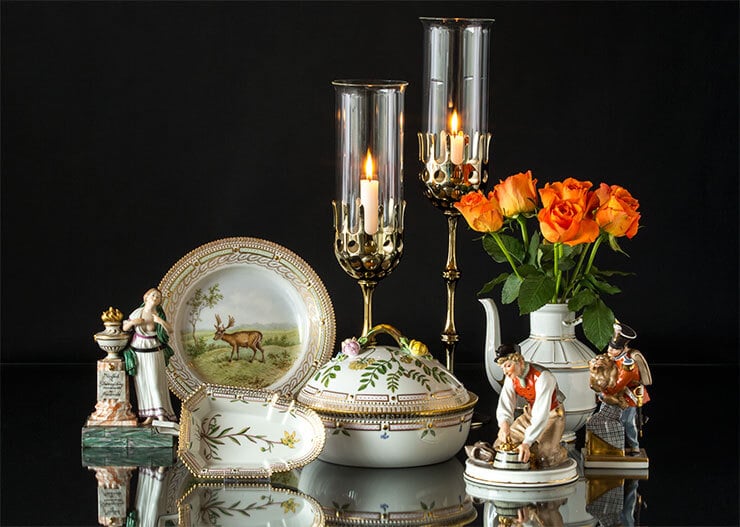
Flora Danica in modern times
In 1863, the Danish Princess Alexandra married the English heir to the throne, later King Edward VII of Great Britain. The couple received a set of 60 place settings with 765 pieces as a wedding gift, and on that occasion, Royal Copenhagen resumed production of Flora Danica, chosen by some of the bourgeoisie ladies.
On the original set, all plants were included - including algae, fungi, and seaweed. These motifs were excluded from the wedding set, so it only consisted of flowers. When the set was completed, production continued with flowers, and it has been in production ever since.
A few years ago, a few plates with fungi were released, similar to those on the original set.
Flora Danica is still to this day the only set from Royal Copenhagen that mainly caters to royal households and wealthy individuals. But why is Flora Danica so expensive? Each individual piece is so unique and slow to make that the price is undoubtedly high. The flowers are still drawn freehand with the original Flora Danica plates as a template, and it also requires many firings before each piece is finished.
So, how much is Flora Danica plates? Prices for Flora Danica often start at EUR 711.12 for the smallest cake plate, while a dinner plate costs around EUR 1610.09, a teapot around EUR 4427.74, and the most expensive part of the set consisting of an ice bucket with an underplate can cost around EUR 33543.50. Therefore, many people only have a single piece from the Flora Danica set, which is passed down through the family from generation to generation.
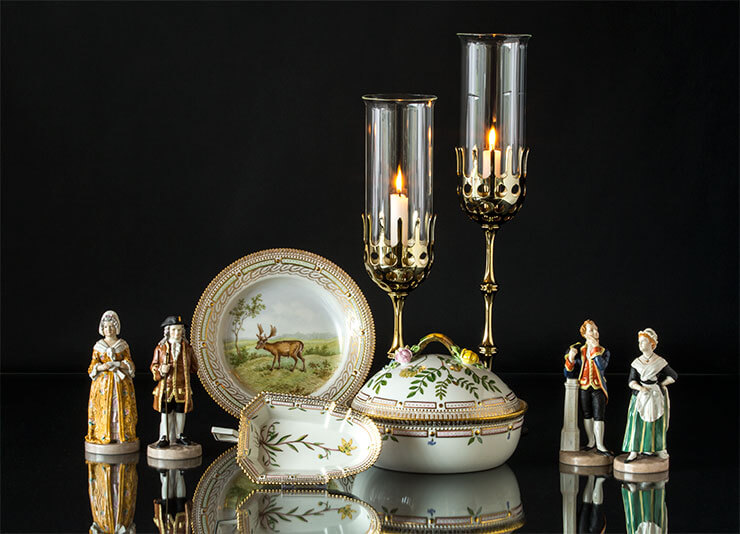
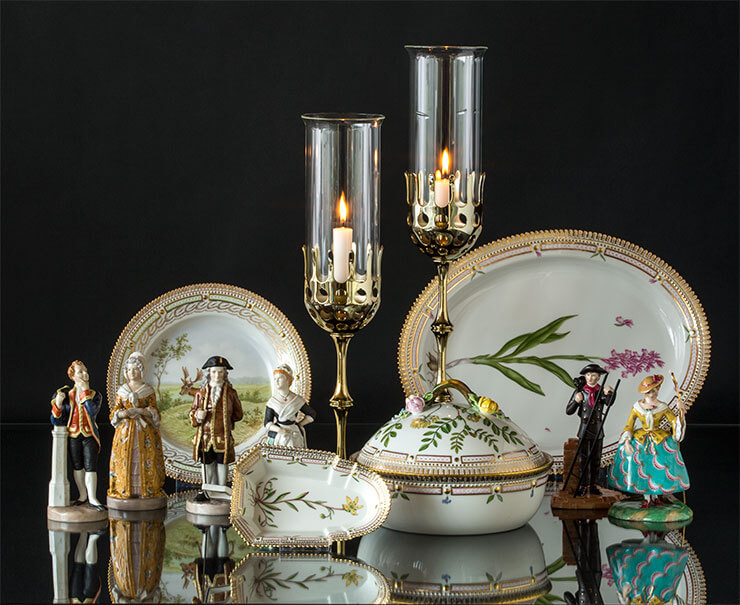
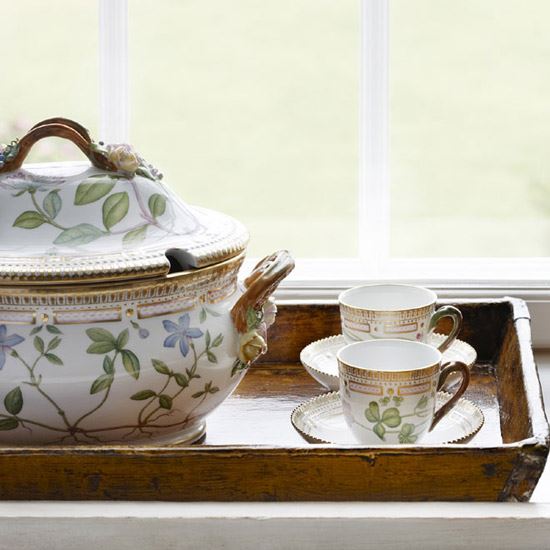
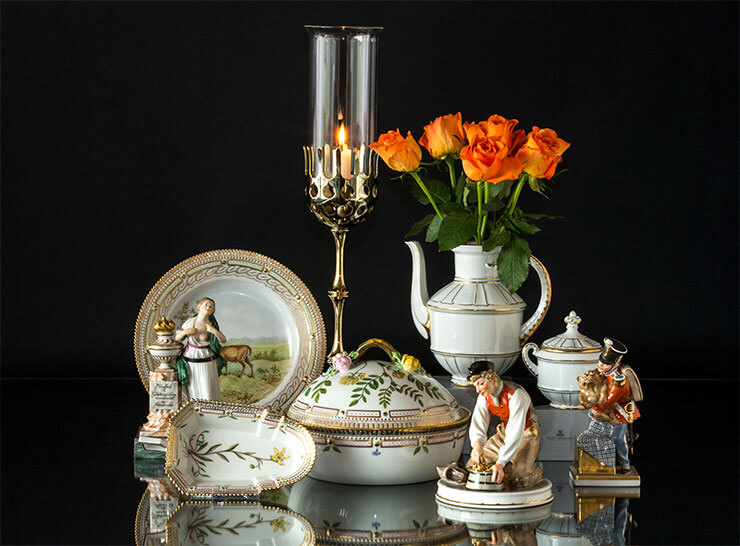
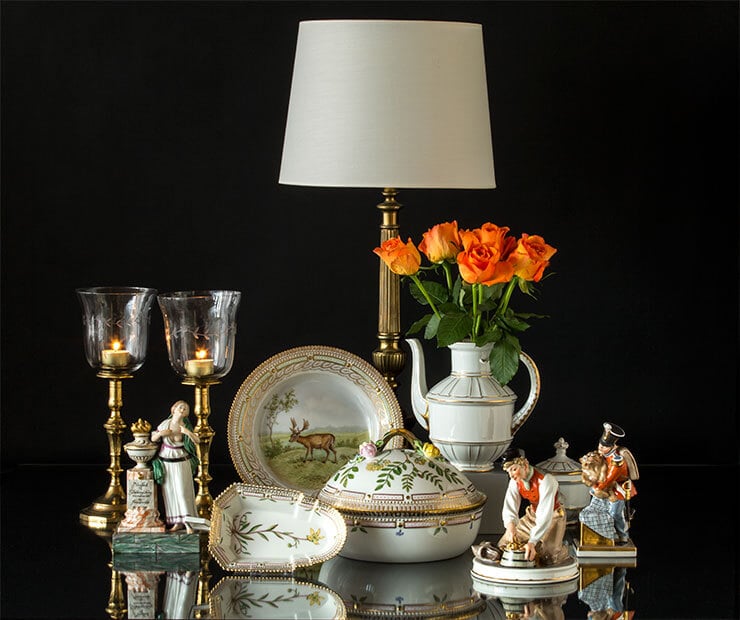
See also:


 We are e-approved
We are e-approved





